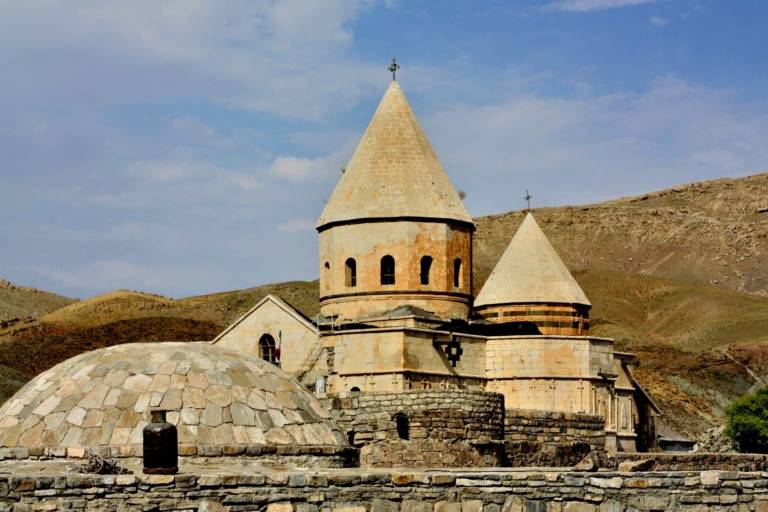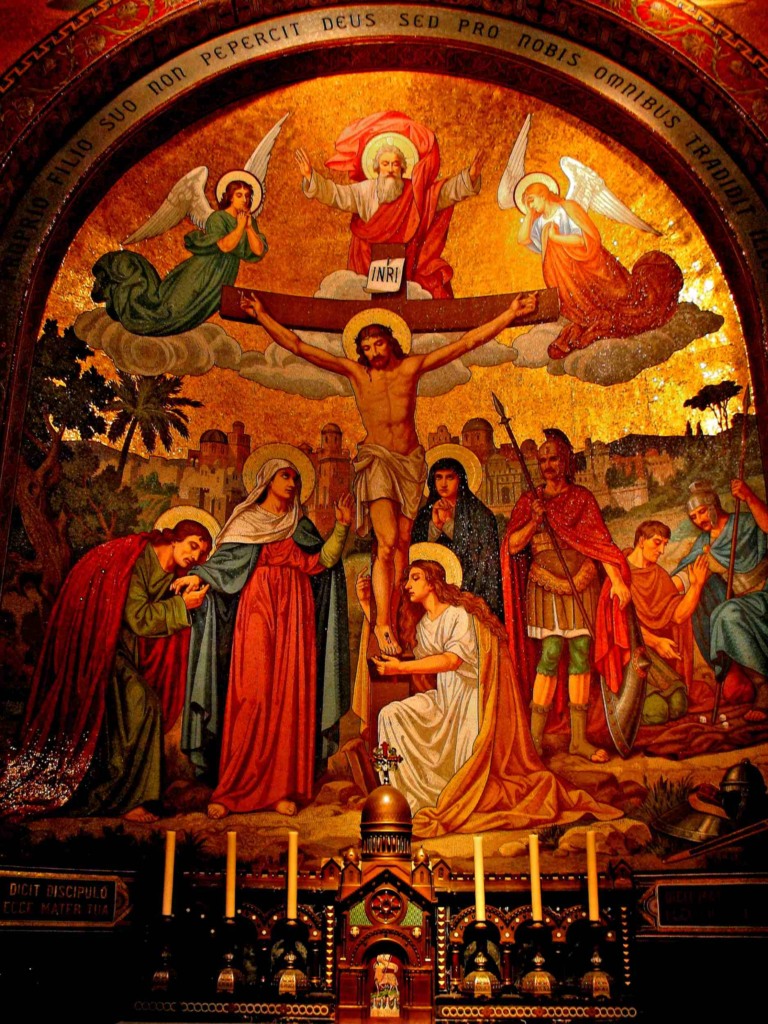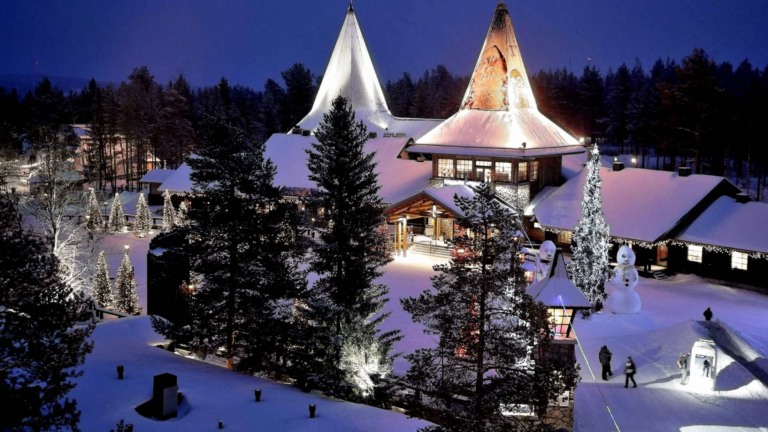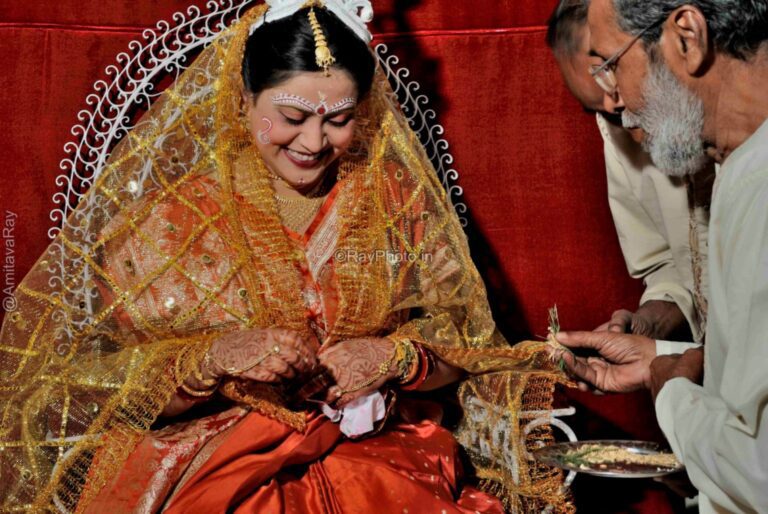Society and culture are interrelated concepts that play crucial roles in shaping human behavior, beliefs, norms, and values. Let’s define each term and explore their significance:
Society
Society refers to a group of individuals who share common territory, interact with one another, and are bound together by social relationships. These relationships are structured by various institutions, such as families, governments, educational systems, and economic organizations. Societies can vary in size, complexity, and cultural diversity, ranging from small tribal communities to large modern nations.
Significance of Society
- Social Cohesion: Society provides a framework for individuals to come together, cooperate, and form bonds. Social interactions and networks foster a sense of belonging, support, and mutual reliance.
- Division of Labor: Societies organize roles and tasks based on individual skills, creating specialization and efficiency. The division of labor contributes to economic development and societal progress.
- Cultural Transmission: Societies pass down knowledge, beliefs, customs, and traditions from one generation to the next through cultural transmission. This process sustains cultural identity and continuity over time.
- Social Norms and Values: Societies establish norms and values that guide behavior and shape moral and ethical standards. Social norms define acceptable behavior, while values influence personal and collective judgments.
- Social Change: Societies are dynamic, and their interactions lead to social change and evolution over time. Social movements, technological advancements, and cultural exchange are among the factors that drive societal transformation.
Culture
Culture encompasses the shared beliefs, customs, knowledge, language, art, and values of a particular society. It is the collective identity and expression of a group of people. Cultural elements shape how individuals perceive the world, interact with others, and interpret their experiences.
Significance of Culture
- Identity and Belonging: Culture provides individuals with a sense of identity and belonging. It forms the basis of personal and collective identity, connecting people with their heritage and traditions.
- Communication and Understanding: Culture influences language and communication styles, enabling individuals to understand and relate to one another. It plays a vital role in shaping how people express emotions, thoughts, and ideas.
- Social Cohesion and Integration: Culture fosters social cohesion by creating shared symbols, rituals, and traditions. It reinforces a sense of unity and collective identity among members of a society.
- Artistic and Intellectual Expression: Culture inspires creativity and artistic expression, enriching human experiences through literature, music, the visual arts, and other forms of cultural expression.
- Adaptive Function: Culture helps societies adapt to their environments and challenges. Cultural practices often reflect ways of coping with natural, social, and economic conditions.
Society and Culture
In summary, society and culture are interconnected and fundamental aspects of human life. Society provides a structure for human interaction, while culture shapes the beliefs, customs, and values that give meaning to that interaction. Their significance lies in fostering social cohesion, identity, communication, and creative expression, contributing to the richness and diversity of human experiences.

Cathedrals and Churches

Good Friday Facts and History

Christmas History

When the Halloween

Hindu Bengali Wedding
